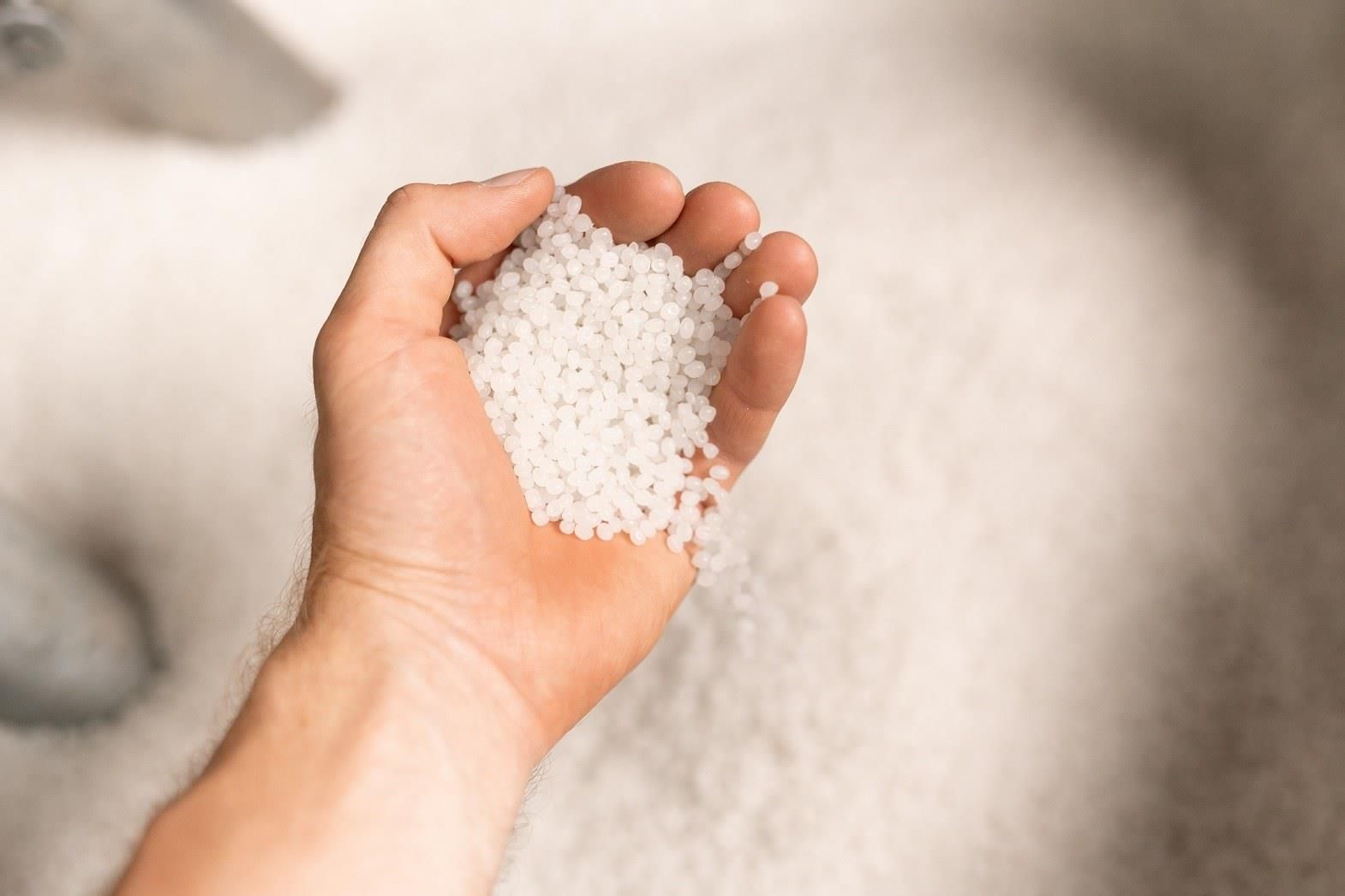Abstract
Nondegradable synthetic era leads to environmental pollution. So, various efforts have been made to create eco-friendly products. Many researches have been conducted to make polymers biodegradable.
This paper provides a brief review of PLA (Polylactic acid) fibers. PLA is a biodegradable natural polymer with wide applications in textiles. Not only is PLA a biodegradable product, but its raw materials are also available in nature in the form of corn, sugar beets, wheat, and other starch-rich products, all of which are biodegradable. PLA degradation occurs due to the hydrolytic cleavage of ester linkage induced by water molecules and the depolymerization process. PLA exhibits mechanical properties closer to polyethylene and polystyrene. It is a special type of aliphatic polyester. It can be processed like other thermoplastic materials to filament or can be molded or blown to produce different plastic products. Given its biodegradability and ability to be processed into various products with a variety of properties, it finds uses ranging from packaging to surgical sutures.
Introduction
Globally, the trend is moving towards embracing natural products and green marketing, especially in post-industrial affluent societies. Consumers are becoming more aware and conscious of the environmental impact of their purchases. There is an increasing alarm about nature, leading to a collective duty to nurture it.
Synthetic polymers heavily rely on oil and gases for their monomer source, which take millions of years to regenerate, contributing to the energy crisis. Additionally, most synthetic polymers are not biodegradable. Hence, attention is focused on synthetic fibers based on natural renewable resources, with PLA (Polylactic Acid) polymer being one of them. PLA belongs to the family of Poly(α hydroxy) acid, and its monomer is obtained from renewable crops.
Read Full Article
The authors are associated with Sarex Chemicals, Mumbai












Comments